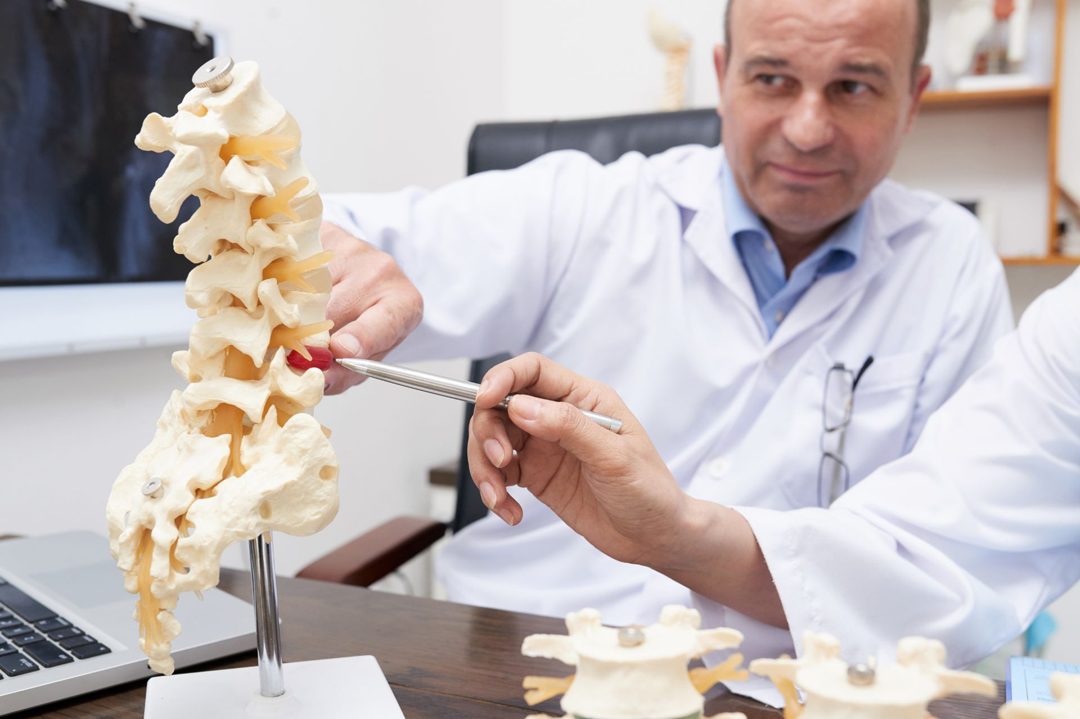
It involves making small incisions and using cameras or endoscopes to see inside the patient’s body. This makes the procedure safer and allows the surgeon to operate through small incisions.
The surgical procedure is performed through a small incision in the back of the patient. The incisions are usually made in line with the spine. They have to be made in a straight line because they will not affect the nerve root, which is a major disadvantage of other surgical techniques.
In a minimally invasive discectomy, surgeons make two or three cuts along each side of the vertebral end plate to remove disc fragments or herniated discs from one or more levels of the spine. This way, they can remove all of them at once without making bigger incisions.
Although the procedure is performed through small incisions, it is still very safe. The incisions are made in a straight line so that the nerve root is not affected. The same technique can be used to perform other types of surgery on the spine, such as spinal fusion or laminectomy.
Minimally invasive surgery uses a minimally invasive approach to reduce pain and improve patient outcomes. It is less invasive than traditional open discectomy surgery and does not require making any bigger incisions in the back or legs of the patient. It also allows surgeons to perform other types of surgeries on the spine during or after the operation, including spinal fusion or laminectomy, which are more effective than open discectomy surgery.
Conditions That Can be Treated by MISS
Minimally Invasive Spine Surgery is great, but it is not for everyone. Only certain types of conditions can be treated through MISS. That is why it is important to consult your doctor before deciding anything. Sometimes, MISS might not be enough for you. Your doctor will decide what kind of treatment you should get for your back pain. Here are some conditions that can be treated with MISS:
- Herniated Disc
- Degenerative Disc Disease
- Sciatica
- Spinal Infections
- Vertebral Compression Fracture
- Spinal Stenosis
- Spinal Tumors
How it’s Done?
The procedure can be performed through an endoscope, a thin tube with a lens at one end that can be inserted into the body through small incisions in the skin or bone. An endoscope allows surgeons to see inside their patient’s body while they operate on it without having to make big incisions in their patient’s skin or bone. This makes minimally invasive discectomy safer and more effective than other surgical techniques because it reduces patient pain and complications.
During a MISS Surgery
First, your healthcare provider will give you local anesthesia to numb the area to be treated. Local anesthesia will only numb the area to be treated. You will be awake during the procedure. If you want, you can have general anesthesia, which will make you sleep. Since this is a minimally invasive procedure, general anesthesia will not be needed. However, your doctor might advise you to take general anesthesia, depending on your health condition. The choice of anesthesia is totally person dependent.
After giving you anesthesia, the doctor will make a small incision on the area to be treated. In traditional surgeries, the doctor will make a big incision up to 6 inches. Your doctor will have two ways to determine where to make an incision. In the first method, the doctor will use a fluoroscope, a portable X-Ray machine. With this machine, the surgeon can view the live images of your body and can decide where to make an incision. Another method involves using an Endoscope. An endoscope is a piece of telescope-like equipment to which a camera will be attached. With this, the surgeon can determine where to make an incision.
After making an incision, a tubular reflector will be used to hold the muscles from retracting. It is a small hollow tube that acts as a tunnel. Anything that goes out or comes in during the procedure should be through this tunnel. From tools to bones, everything should go and come out of this tunnel. After the procedure is done, the tubular refractor will be taken out. After taking it out, the muscles will return to their original position.
After taking out the tubular refractor, the doctor will patch up the treated area and will close it. The greatest advantage of this treatment is you can go home right after the procedure. MISS is an outpatient treatment. Yes, spine surgery can be an outpatient treatment nowadays, thanks to technological advancements.
Possible Side Effects
Because it is minimally invasive, there are fewer chances for infection and blood loss during this surgery. It also reduces pain and recovery time after surgery because fewer tissues must be removed during discectomy than in other types of surgeries, such as arthroscopic or open discectomy. Some side effects of MISS are:
- Excessive Bleeding
- Infection
- Damage to Surrounding Tissues
- Pain
- Bad Reaction to Anesthetic Agents
These are some common minor side effects of MISS. However, almost all of these side effects will be cured within a week. The doctor will suggest you follow some instructions, follow those instructions properly. If you have had any bad reaction and it persists for more than a week, consult your doctor. If it is anything serious, the doctor will treat you. Even with these minor side effects, MISS stands superior to traditional surgery methods.
The World Health Organization (WHO) has classified minimally invasive discectomy as an essential procedure. This means that it is recommended that all patients with lower back pain over the age of 18 be treated with minimally invasive discectomy.
The most common minimally invasive surgical procedure for the lumbar spine is L4-L5 discectomy. This procedure involves removing any disc fragments that are causing pain and pressure on nerves. It is a relatively simple procedure, as it only requires one incision in the low back to be made.
Comments
comments